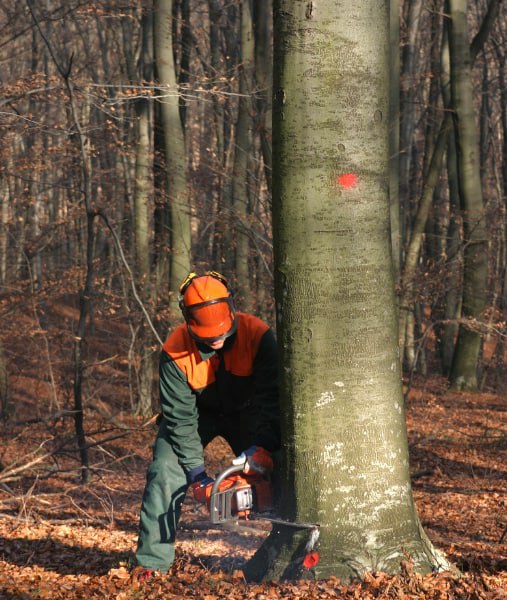
Introduction: Trees are a beautiful addition to urban landscapes and provide essential ecological, aesthetic, and health benefits. However, when not properly maintained, trees can pose safety risks to the public. Tree safety inspections play a vital role in identifying and mitigating potential hazards. In this blog post, we’ll discuss the importance of tree safety inspections in urban areas and how they help ensure the well-being of residents and visitors alike.
The Urban Tree Landscape
In cities like Hastings, trees are integral to the urban environment. They offer shade, improve air quality, reduce noise pollution, and contribute to the overall aesthetic appeal of the community. However, urban trees face unique challenges, such as limited space, proximity to buildings, and exposure to pollution and traffic.
The Importance of Tree Safety Inspections
- Public Safety: The primary purpose of tree safety inspections is to protect the public’s safety. Trees with structural weaknesses or diseases can pose significant risks, including falling branches or even toppling over.
- Property Protection: Trees in urban areas are often close to buildings, roads, and sidewalks. Ensuring the health and stability of these trees is essential to prevent damage to property and infrastructure.
- Liability Reduction: Regular tree inspections can help municipalities and property owners reduce liability by identifying and addressing potential hazards before accidents occur.
- Environmental Stewardship: Tree safety inspections promote responsible tree care and preservation. They help maintain the urban canopy while minimising unnecessary tree removal.
The Tree Safety Inspection Process
- Qualified Arborists: Tree safety inspections should be conducted by certified arborists with the knowledge and expertise to assess tree health and structural integrity.
- Visual Inspection: Arborists begin by conducting a visual inspection of the tree. They look for signs of disease, decay, pest infestations, and structural issues, such as cracks, leaning, or unbalanced growth.
- Advanced Tools: Arborists may use specialised tools like seismograph drills, sonic tomography, or aerial inspections using drones to assess internal tree health.
- Risk Assessment: After the inspection, arborists assess the level of risk associated with the tree. Based on their findings, they categorise trees as low, moderate, or high risk.
- Recommendations: Based on the risk assessment, arborists provide recommendations for necessary actions, including pruning, cabling, bracing, or tree removal.
- Maintenance Plan: A maintenance plan is developed to address the identified issues and ensure the long-term health and safety of the tree.
Conclusion: Tree safety inspections are critical to responsible urban tree management. In Hastings and other urban areas, these inspections help protect public safety, preserve property, and contribute to the community’s overall well-being. By investing in regular tree safety assessments conducted by certified arborists, we can enjoy the numerous benefits of urban trees while minimising potential risks and liabilities. Remember, a safe urban forest is a thriving urban community.
Call us on: 01424 619092
Click here to find out more about Hastings Tree Care
Click here to complete our contact form and see how we can help with your tree’s needs.